The Mosaics of Paphos
The ancient mosaics here are considered among the finest in the world, and serve as a stunning record of Greco-Roman daily life.
While visiting Paphos on the southwest coast of Cyprus, history sneaks up on you from all sides, including the floor under your feet.
Located in the Kato Paphos region of Cyprus, the ancient floor mosaics are considered amongst the finest in the world, serving as a valuable and beautiful record of everyday life of the Greco-Romans as well as the legends of gods, goddesses, and heroes. Visitors cannot fail to be astounded by the quality of them, particularly the later ones.
Floor mosaics were an important component of houses and palaces of the elite in antiquity. Discovered by archaeologists as recently as the 1960s, the mosaics that remain today are from houses of different eras between the second and fourth centuries CE, beginning with the Hellenistic period and extending until the Byzantine era.
Though a large number of houses and the mosaics within were destroyed over the centuries, five houses with large sections of mosaics with varying levels of damage can be seen at Paphos. The mansions are named after the recurring theme found in the mosaics inside: the House of Dionysus, the House of Theseus, the House of Aion, the House of Orpheus, and the House of The Four Seasons.
Upon entering the House of Dionysus, you are welcomed with a mosaic of Scylla, a mythical sea monster. The craftsmen used the spaces to tell and retell the stories of figures like Hercules, who is the subject of a mosaic in the house of Orpheus. Theseus’s battle with the Minotaur can also be seen in a mosaic excavated from the House of Theseus.
The ancient mosaics an important part of the Paphos Archaeological Park, a World Heritage Site. A conservation project was undertaken in the late 1980s and early 1990s, to try and undo the damage caused by centuries of erosion. Shelters were also erected to protect the mosaics as well as provide visitors some respite from the strong Mediterranean sun.
Know Before You Go
If you go here in summer it is essential to take some water. The weather in Cyprus is good for most of the year but if archaeology is your main reason for visiting perhaps avoid the summer when it can become unhealthily hot.
In 2008 entry was free on Sunday but this is not currently shown on the website. The entry fee is €4.50 and the site is open daily. The entrance to the Archaeological Park is just a short walk from the harbour.
Community Contributors
Added by
Edited by
The Atlas Obscura Podcast is Back!




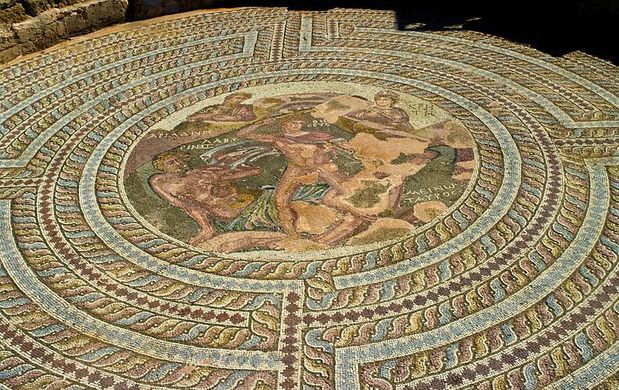

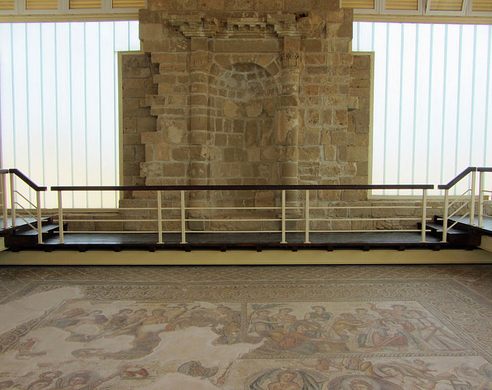
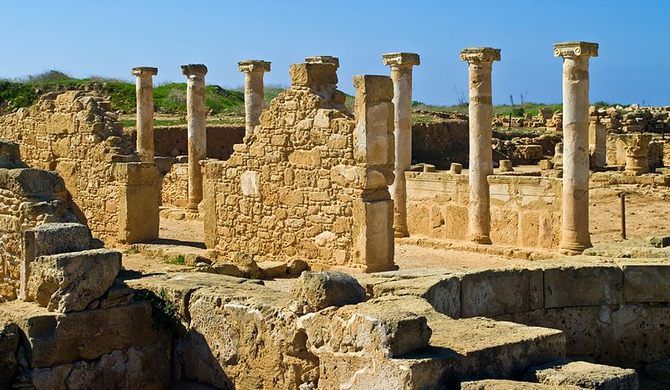

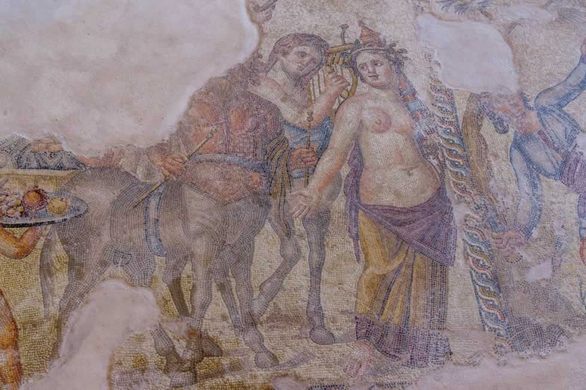













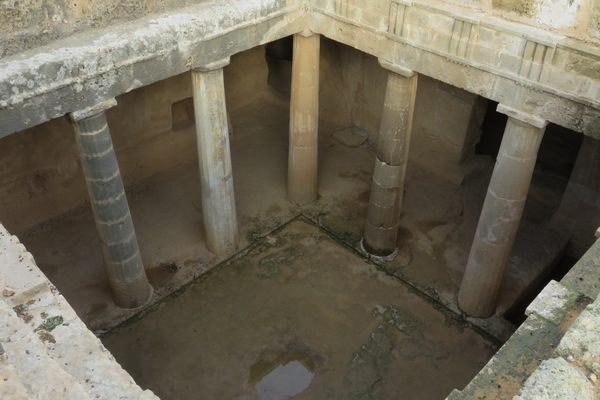


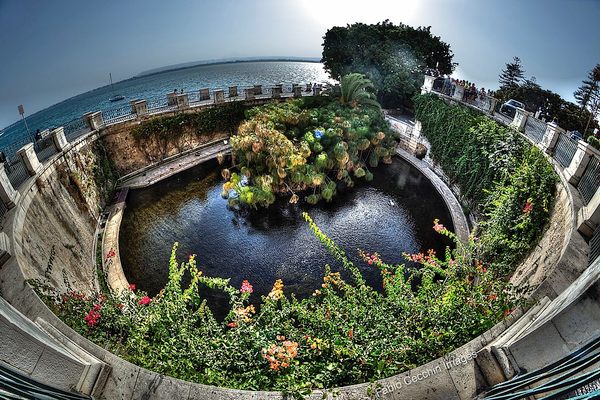


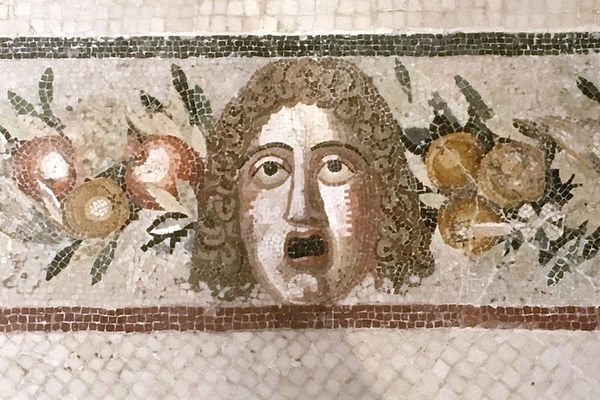

Follow us on Twitter to get the latest on the world's hidden wonders.
Like us on Facebook to get the latest on the world's hidden wonders.
Follow us on Twitter Like us on Facebook